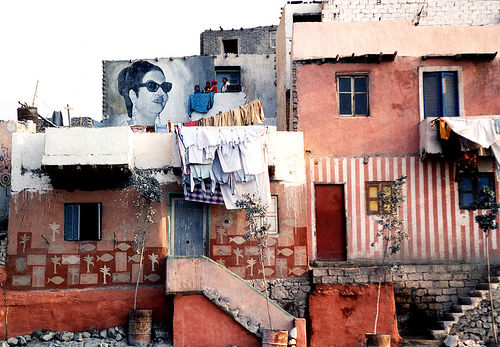City Survey from The Economist
Monday, May 07, 2007
2007 is the first year in human history that more world population will live in cities, as opposed to rural areas. And this week, The Economist has decided to take a special look into the subject.
An ongoing migratory movement is presenting new challenges for urban planers, architects, and society in general. Last June, we were reporting about the matter due to the launching of UN-Habitat State of the World's Cities Report 06/07.
Catch up the audio interview to Johnny Grimond, and get a glimpse of this week's issue at The Economist site. For the full version, you may need to subscribe, or face to the kiosk.



